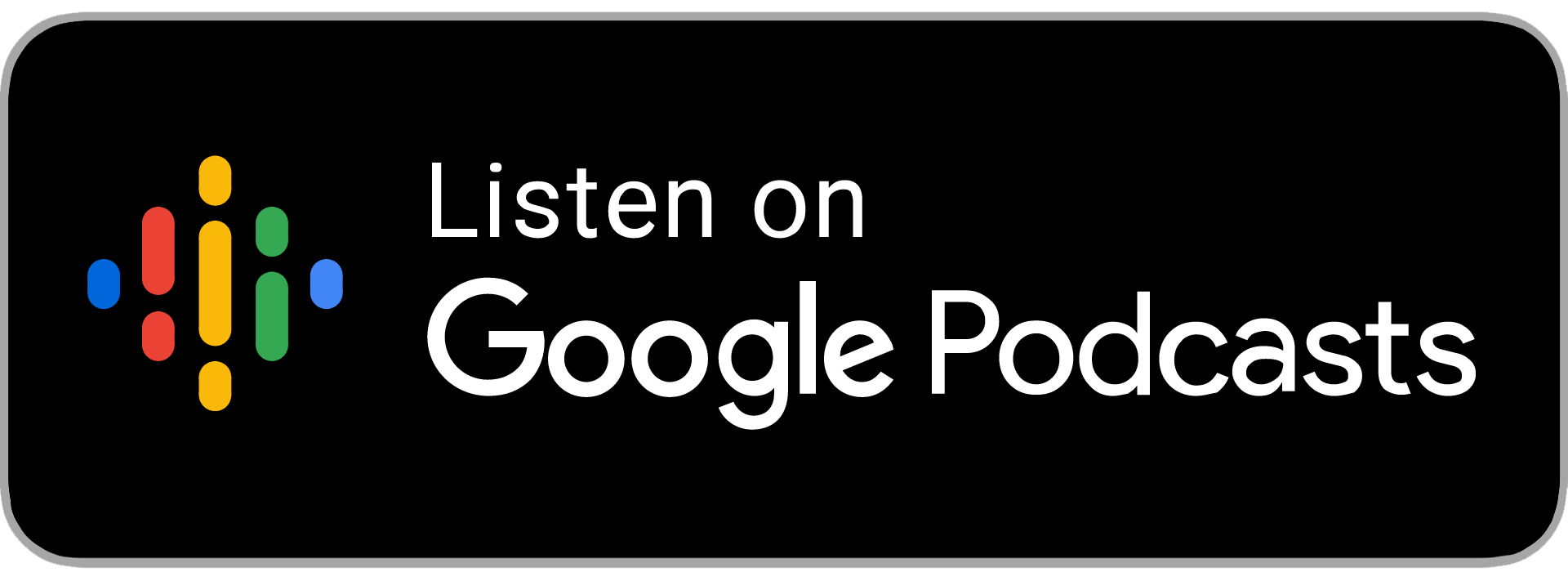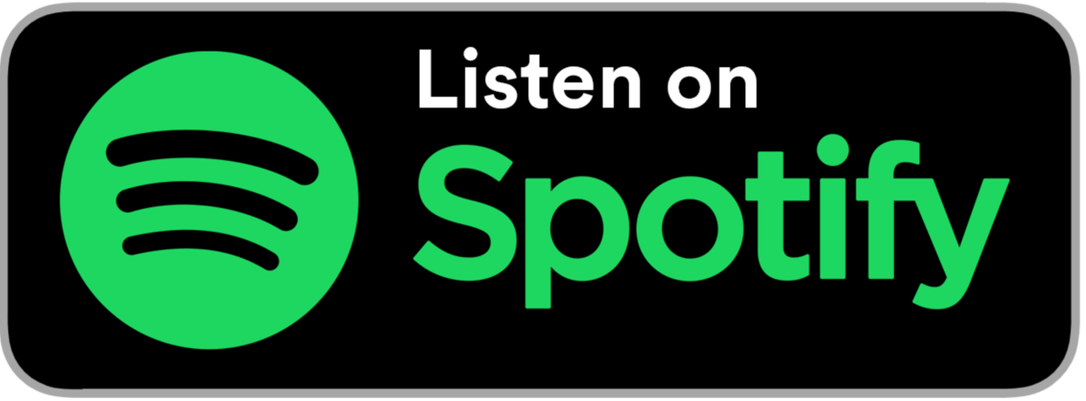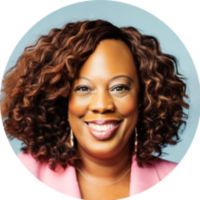Put Down the Duckets Part 2 Podcast and Transcript
The topic of LGBTQ+ marketing is not limited to the month of June. Winning marketers take pride in strategically reaching diverse demographics 12 months out of the year. Listen in as Marketing Sheroe
Marketing Insights Podcast
August 17, 2022
Transcript:
Shanita Akintonde: I'm back. My ice cream cone creatively communicative listeners. This is Shanita Akintonde. That be me you all. Educator, author, career coach, and marketing sheroe. I invite you to join me for this very special edition of my Marketing Insights podcast series entitled Put Down the Duckets, build an LGBTQ plus champion brand part dos.
So the feedback was so tremendous on my last podcast on the LGBTQ plus topic that I decided to bring it back for part dos. When revisiting this topic, the idea would be for you as listeners to come away as better marketers, better communicators, and better discerners of what to do when targeting diverse audiences, specifically when it happens to be my area of specialty, such as the LGBTQ plus arena.
In part one, my podcast showed through a clear lens that not only do you need to, and you may even want to be cognizant not to, have rainbow-infused brand labels on your packaging as the only way to give reference or deference to the LGBTQ plus community. What I hope to do is to give you marketing maestros, a panoramic view of how to connect with this power-packed demographic specifically. Why call them power-packed, you ask? Well, let's look at some data points. Any consumer group that boasts, according to, for example, this 2017 data that was extracted from a report in the Tampa Bay Business Journal as reported by the Collage Group, "Between the estimated $653 billion to $987 billion in purchasing power, which is based on this population, that would be the LGBTQ plus community, between a 4 to 5% and 6.8% total of the US population, that's the money that's been spent. That's billions with a B."
Other breakdowns include, "Hispanic Americans comprise 20% of the LGBTQ plus niche. And 1.7 trillion in spending power. That's with a T. Black consumers who comprise 12% of this demographic market and $1.3 trillion in spending power." Again, I'm talking about what makes this demographic power-packed. "In addition, the Asian community comprises about 6% of this audience with 1.0 trillion in their pockets," or at least what they can disseminate. "Finally, the largest target, 60%, is comprised of white members of society with them disposing of 10.6 trillion in spending power from this demographic group."
Now let's look at psychographics. From that vantage point, as I also shared in part one, the LGBTQ plus community is multi-tiered, not a monolith. As discussed in part one, the community has some unresolved issues concerning how they're depicted in ads. One of the main outliers is that the audiences are dissatisfied with how their images are depicted in those commercials, whether they be broadcast or print or some other format. Many people of this segment feel invisible. How many of you have ever felt invisible? Then you know it's not a good place to be. One key component that is missing is authenticity. The target likes to buy from companies and brands that support them, meaning the LGBTQ plus community, and the things that they care about.
This is especially true amongst the youngest members of this demographic, the consumer cohort that is comprised primarily of members between the ages of 18 to 34, a group, which according to Gallup, nearly 10% of Americans, which are over the age of 18, identify as, meaning LGBTQ plus. When this is added to the larger punch bowl, which is comprised of 20 million people in these United States that encompass the LGBTQ plus community, which is I've been saying, if you're following, it's a bajillion number of folks using, or spending a bajillion lot of money, as in bankable bucks, but only for brands that are deserving of those coins because those brands understand the importance of being equitable and respectable. Like I said, the LGBTQ plus community is power packed in both duckets and discernment.
In part one, we also lastly explored the importance of putting down the duckets, the name of this podcast, as well as the name of that one. In order to build an LBGTQ plus champion brand, as a recap, putting down the duckets involves cash, but not the kind that jingles, but the kind that stacks. There are perils in pushing down short cash, not a long stash. You got to put down the duckets, put down the duckets, put down the duckets, put down the duckets, put down the duckets. If you want to build a champion LGBTQ plus brand, you got to put down the duckets, put down the duckets, put down the duckets, put down the duckets, put down the duckets if you want to build a champion LGBTQ plus brand for part two, I am going to explore specific strategies that you effectively and strategically as well as respectfully can use to reach the LGBTQ plus audience.
I will capture this subject succinctly and keep it twice as nice. My magic marker minded marketing maestros. Differentiation definitely makes the difference. I discussed this topic in depth in previous podcasts, some of which are called, Unboxed Brands, Ditch the Dodo and Everybody Was Squid Game Watching. Go back and take a listen. Be sure to like and share wherever you listen to your podcast. For this podcast, Put Down the Duckets, How to Build an LGBTQ Plus Champion Brand, I'm going to ask that you put your ears in place and allow me to lace them with some more stats. As I mentioned moments ago, millions of the inhabitants in the 50 states called the U S of A identify as being a member of the LGBTQ plus community. A number that will likely continue to grow according to the Collage Group. Some of the other points that were made in this study by them is that the age demographic breakdown, 3% are boomers.
Those are individuals between the ages of 55 to 75. Second is generation X, which is 11%. Ages 40 to 54. Next is millennials, which comprise 11%. 31 to 39 year olds. And lastly, 26% generation Z. That is what comprises 24 to 30 year olds. Oh my bad. Let me rewind. That's not true. Scratch. Generation Z, which is 23%, are ages, 18 to 23, forgive me. And lastly, 13 to 17 year olds, which are 45%. I'm not certain what their demographic group is called. So you all make something up. The point being, if you're looking at those numbers, the larger contingency are made up of those last groups, the younger members, which as marketers, we know if we think about a product life cycle, which has the intro growth, maturity and decline stages, the ones who are falling in those younger categories are more likely from a consumer perspective on that intro phase, which means a push strategy might be more effective in reaching them, as long as it's intentional.
And as I said earlier, authentic, but more importantly, and listen in for this one. This is where you capture your brand loyal consumers. So what better way as a brand to connect with those last or younger demographic members so that they will grow with you as you grow as a brand. In addition, I have decided for this podcast to give you three additional tips that are specific and strategically laced for you, as you're leaning into this podcast, I am calling them slam duckets. Get it? Put down the duckets. Slam duckets. The reason why I chose it is because in my previous podcast, one of them, called Super Dupa, Super Bowl Brands, I also shared tips on how to build champion brands. So I thought let's continue with the sports analogy a little bit, tie that into this one and see what happens. I think you're going to be pleased. So here's slam ducket number one.
I was discussing in that last podcast, Super Dupa Super Bowl Brands, how to target a different demographic and how to do it under a slightly different lens. Keep in mind, because I'm talking about sports, I'm intentionally doing it in this podcast because I want to make sure you understand that members of the LGBTQ plus community are also athletes. That's something that is simple, but it's often overlooked, right? So in addition to us talking about champions from a sporting perspective, we're talking about it obviously from a marketing growth perspective, but here's some challenges when talking about the LGBTQ plus community with sports.
According to a piece entitled, "Playing It Out, LGBT Issues in Sports," by Abigail Mace that appeared on February 16th, 2016, on the University of Connecticut School of Education website. "Things don't always play out fairly in the hyper masculine hyper competitive sporting landscape. When from the time athletes began to play, especially as children, they are often exposed to language that is negatively charged toward members of the LGBTQ plus community specifically. This is according to Laura Bennett, who's an associate professor of sports management at the University of Connecticut and who is working to combat this issue among others." The article goes on to state that similar research was conducted at Texas A and M University surrounding workplace culture and LGBTQ plus employees in college athletics.
In alignment with the Barton study, a 2015 research paper entitled, "Creating and Sustaining Workplaces and Workplace Cultures that are Supportive of LGBTQ Employees in College Athletics." It was deduced that more successful athletic departments were the ones with more diverse and welcoming climates that allowed LGBTQ plus employees to express their true identities and have them celebrated. You think? I think that this type of dynamic would be a winning combination in any environment, don't you? So let's see what we could do in the marketing space. Here's slam ducket number two. Don't get caught up in aperture rapture.
Disclaimer, if you are a loyal listener to this Marketing Insights podcast to my episodes in particular and are one of my former students then you know I'm all about aperture. That is something that I have talked about at NASM, specifically when it relates to market segmentation. For this podcast, however, I'm going to talk about aperture in a slightly different way. You see aperture is about creating the right message at the right time for the right people. And that remains static. However, according to some research idea for this podcast, that Nielsen put out, only 63% of ads that come across our desktops and on our mobile phones are on target for age and gender in the United States. I'm reading that because I want to make sure I get it correct. The report continues by stating that channels with the most exhaustive data coverage and quality, almost 40% of an ad span, don't hit the mark.
So are you all hearing what I'm saying? So while aperture is about the right message at the right time to the right audience, and that's something that I have taught because that was taught to me, that was taught to someone else before that, what Nielsen's research is saying is that a small portion of what is put out there that crosses our desktops and lands on our phones is actually hitting the mark. The translation that I further will offer is that the more exact your segment niche or what I'll call now, your pie, the trickier it is to slice it. What Nielsen also found is that if you want to target 18 to 34 year olds, which you heard me say is a large slice of pie based on the numbers of members from that or those groups that comprised the LGBTQ plus audience, you're only going to reach them about six times out of 10.
For those advertisers whose interest is laser focused on the male demographic specifically, that number drops by a third. As you listen to this podcast, let me help you amp those numbers up. That leads me to slam ducket number three, which according to the Collage Group and their research, LGBTQ plus consumers cope with challenges across many circles of modern society and champion brands, this is where I come in, are aware of those issues. Now for sake of time, I'm only going to give you a small snapshot of what some of those issues are, but perhaps this will lead me to do part three of this very important topic. Here are a couple of the challenges as found by the Collage Group, federal and state laws often deny members of the LGBTQ plus community public benefits, including housing and public accommodations. Many sociocultural standards consider a heterosexual and cisgender identity as normal with LGBTQ plus people as an undesirable group.
LGBTQ plus people often experience discrimination and rejection from their families on account of their identities and many religious institutions employ attempts at healing LGBTQ plus people. Speaking of healing, I have one simple strategic solution that brands can start with in building a champion brand. And that's a quote I shared in a previous podcast entitled, "AEIOU, the Language of Brands, part one." It was from a gentleman or is from a gentleman named Chris Wren. And as I said, then, and I'll say again, he was so good. I quoted him and will quote him again. "Language is one of the most important definitions of any brand. The language you choose, the language you don't choose are a reflection. And in some cases, a definition of brand priorities." That's from a piece called The Changing Landscape of Brand Language by Chris Wren.
I wanted to circle back to that quote because when you think about what I said a little bit earlier, how members of the LGBTQ plus community oftentimes feel invisible. There are some ways in which we as marketers can help dissolve that sense of invisibility. And I'd like to exchange it for a sense of invincibility. I think that the power of brands, the power of what we do as marketers can lend itself to that. That's because we all listen to someone or something telling us what to do on a regular basis. And often, and more often than not, when we are told those things, guess what? We act on it. So why not put out a buffet of things that make people not only feel good about themselves, but make them want to help others do the same. And that's one of the reasons why as marketers, we have such power, because we can lend ourselves to that.
I call it taking your brand and holding its hand. And in doing that, you can encourage someone else to hold someone else's hand and so on and so on. And so on. You all remember that ad campaign? As multinational brands look toward a post pandemic future, the need for connectivity is higher than ever. I've been a marketer for a long time and never have I felt that my work is more needed than it is in this moment in time. For me to provide strategic branding strategies based on my personal experiences, my past work with brands, as well as just general wisdom that allow me to assist my marketing brothers and sisters, nieces, and nephews, and all of you, my marketing maestros, and those who may be new to the listening crew.
It gives me great pleasure and joy, and is a distinct honor for me to have an opportunity to do so, particularly for diverse groups, such as what I'm talking about in this podcast with the LGBTQ plus community. I encourage you to put down your duckets, put down your duckets, put down your duckets, put down your duckets. Put down your duckets in order to build an LGBTQ plus champion brand. And I just realized something because if you didn't listen to part one, you may not have any idea what duckets are. Although I think I've inferred it given you all those trillions of dollars in spending power, but it's the money. The bling bling to put that down, to put your money where your marketing mouths are. To walk it like you talk it. To be able to show in both word, but more specifically, indeed, that you really are not only saying it with rainbow infused packaging, but with the rainbows of the heart.
Do you create spaces where consumers are going to feel celebrated, amalgamated? That a brand recognizes them for their uniqueness, their talents, their gifts, not for measurement, but magnification, glorification, standing ovations, just like I hope you're giving me at the end of another special edition of my Marketing Insights podcast series, this one entitled Put Down the Duckets, how to build an LGBTQ plus champion brand.
Thank you. Bye bye. Until next time, which will be our best time. This is Shanita Akintonde, professor, author, career coach, and marketing sheroe, signing off. If you enjoy listening to these podcasts, be sure to subscribe on Stitcher, iTunes or Google Play and like them wherever you hear them. Connect with me on LinkedIn at Professor Shanita Akintonde or follow me on Twitter @_Shanitaspeaks.




